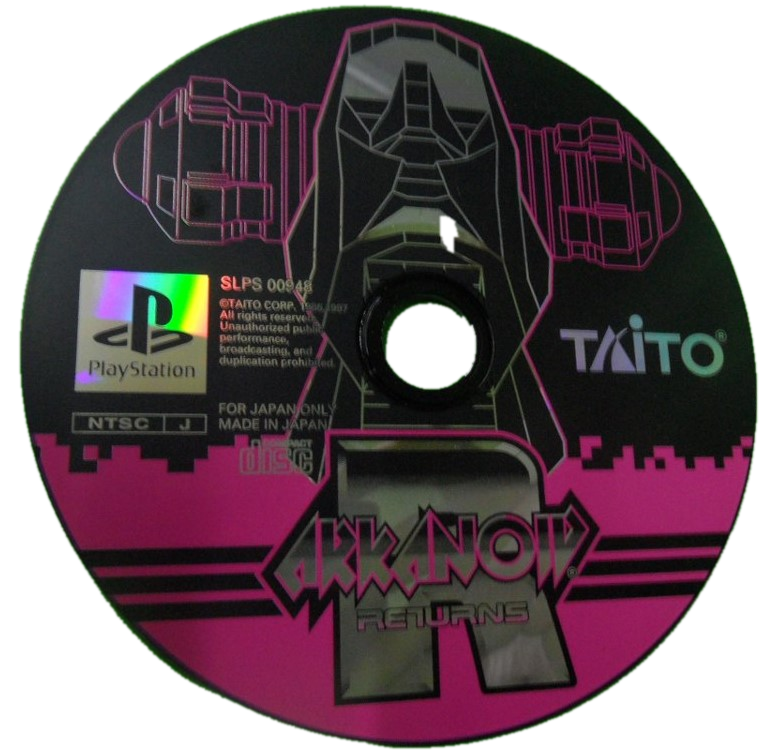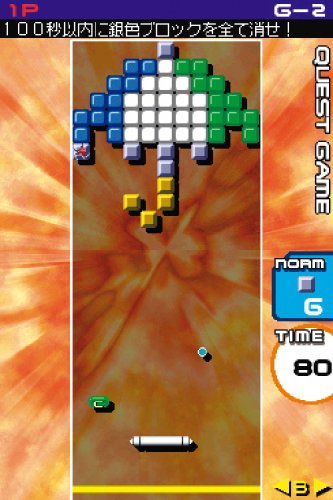

Granted, it’s very hard to actually lose, but I prefer the old model where the lives represented the number of paddles you had left.Īrkanoid’s trademark items make the game even easier-expect to see the laser, ball catch, ball cloner, speed enhancer and the other powerups that separated Arkanoid from other Breakout clones back in the 80s. Continuing from a game over drops your score to zero, and if you quit without saving your progress, you go all the way back to level one. You can set the barrier to a maximum of five hits, and it is refreshed every round, but if the ball does manage to get through it’s game over. The problem, however, is that the barrier represents your lives. Because the playing field is so narrow, the paddle is very hard to miss, and even then there’s a thin barrier to keep the ball from falling off screen. Thankfully, the rest of the basic gameplay isn’t all that difficult, even when set to hard mode. This new format makes a game where judging trajectory is key artificially difficult. Not only that, but the dead space between the two screens sits just a couple centimeters below the bricks, making the problem even worse.


Compared to other iterations of Arkanoid, it takes a long time for the ball to bounce all the way from the paddle up to the bricks, and just as long to get back down this leads to a feeling of lag and unresponsiveness. The bricks are at the top of this corridor, with the “Vaus” paddle all the way at the bottom. The actual field is a narrow corridor bounded on both sides by large blocks of empty space. While this may seem natural for the DS, having the play field stretched between both screens, it doesn’t work in principle. The big change is with the play format-Arkanoid DS is played in the vertical style, much like its sister game, Space Invaders Extreme. The art style has been changed to a cute, cuddly anime theme reminiscent of Meteos, but considering that it has little impact on gameplay, the style isn’t a huge distraction. Yes, Arkanoid DS is basically the same gameplay without any new features, but a few of the liberties Taito took with the DS adaptation might be unpalatable to longtime fans. This game isn’t really a sequel, but more of a celebration of Arkanoid’s legacy like it or not, you won’t find many new innovations in Arkanoid DS, just some nostalgia, a couple game modes, a fresh coat of paint and an large quantity of the original gameplay. The most recent offspring of Taito’s 1980s arcade success is Arkanoid DS, Taito’s attempt to spread Arkanoid to a new generation of casual players. Arkanoid was imitated as Breakout was, and Taito released numerous ports and sequels on a variety of consoles over the years. Arkanoid revived the Breakout fever by adding new innovations to the formula, such as powerups and a final boss fight. A decade later, the first noteworthy Japanese competitor to Atari’s brick breaking supremacy was Taito’s Arkanoid. It took the best elements of Pong and combined them with something new, and many competitors rushed to clone it. Breakout was a standalone arcade hit of the 1970s, simply because it was unique and addictive.


 0 kommentar(er)
0 kommentar(er)
